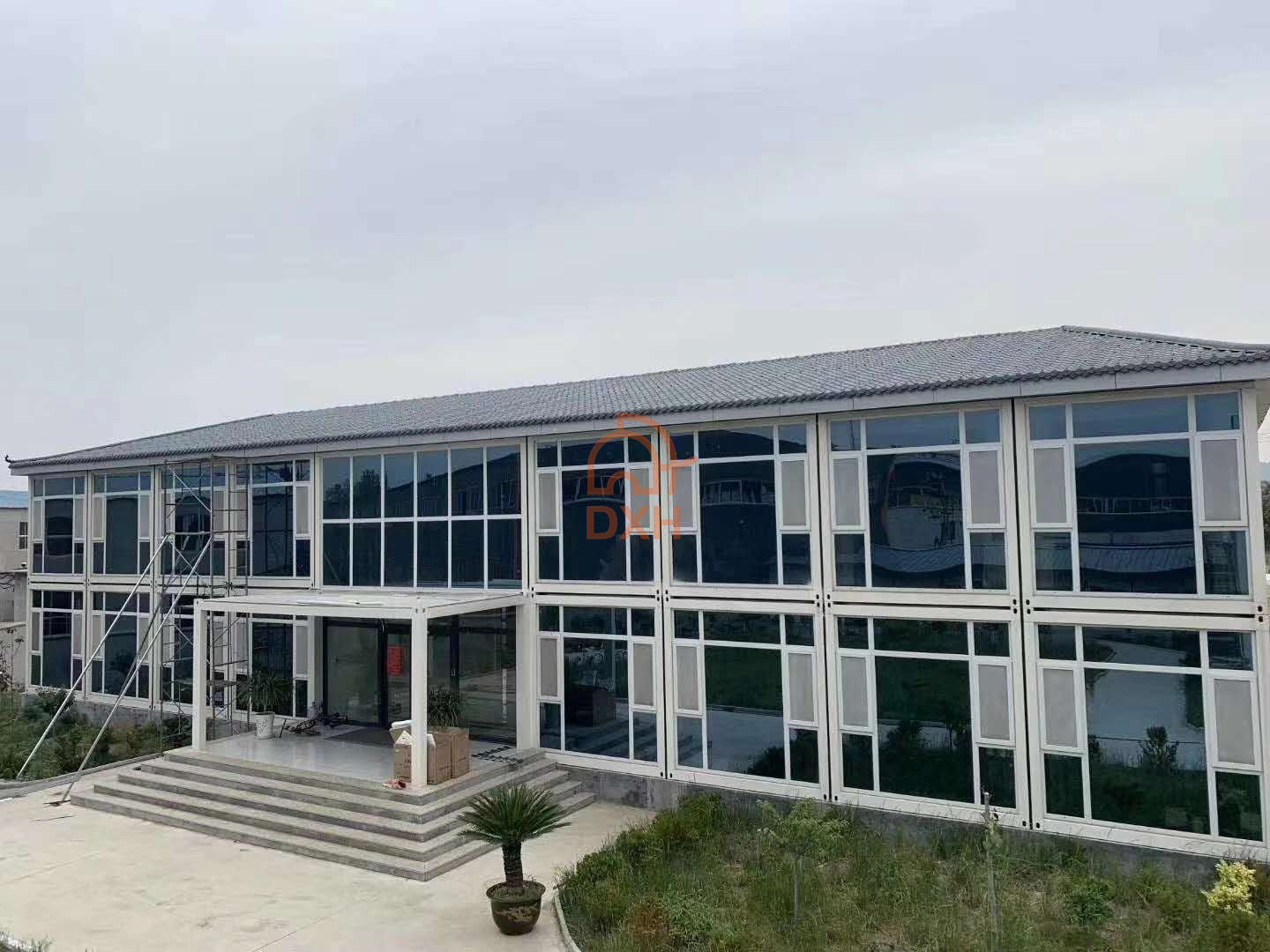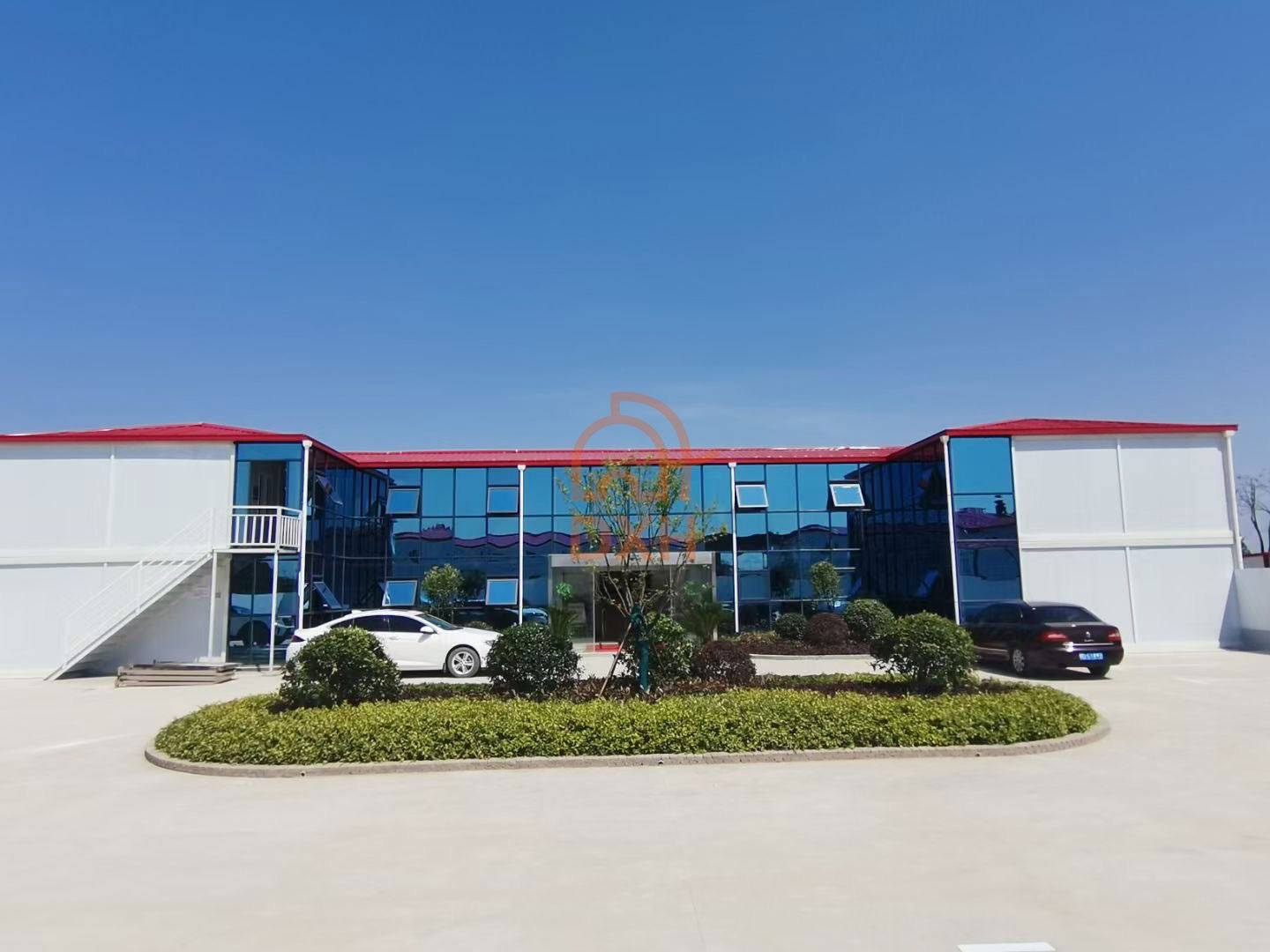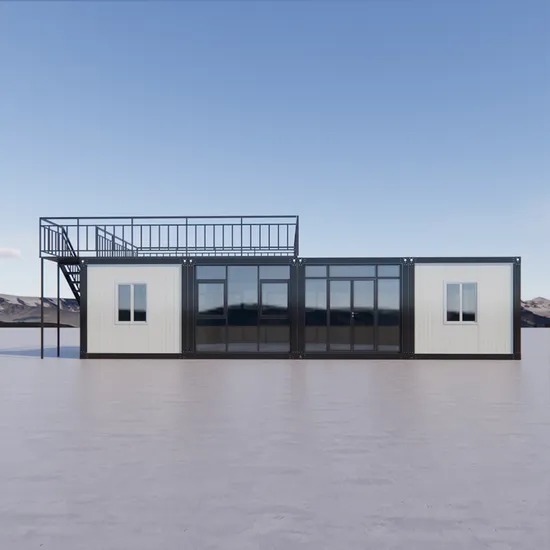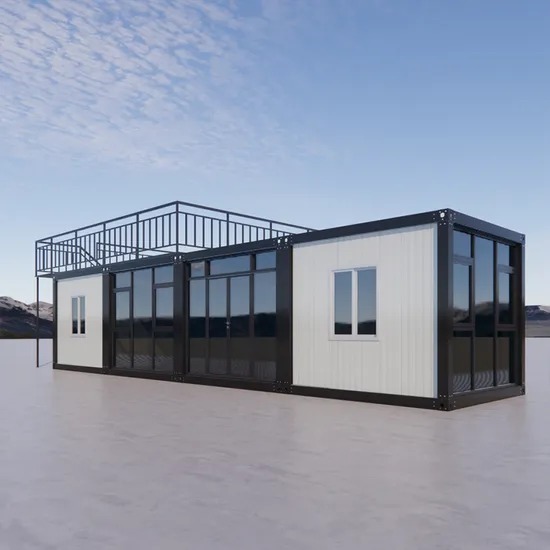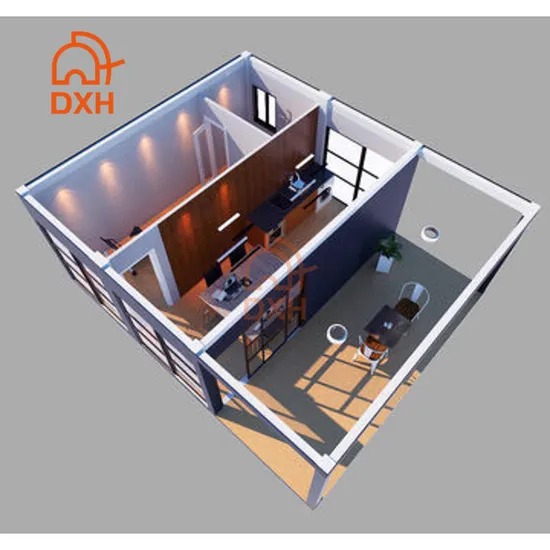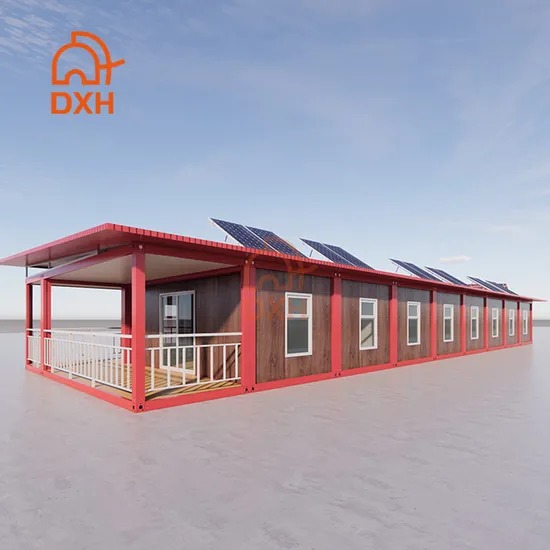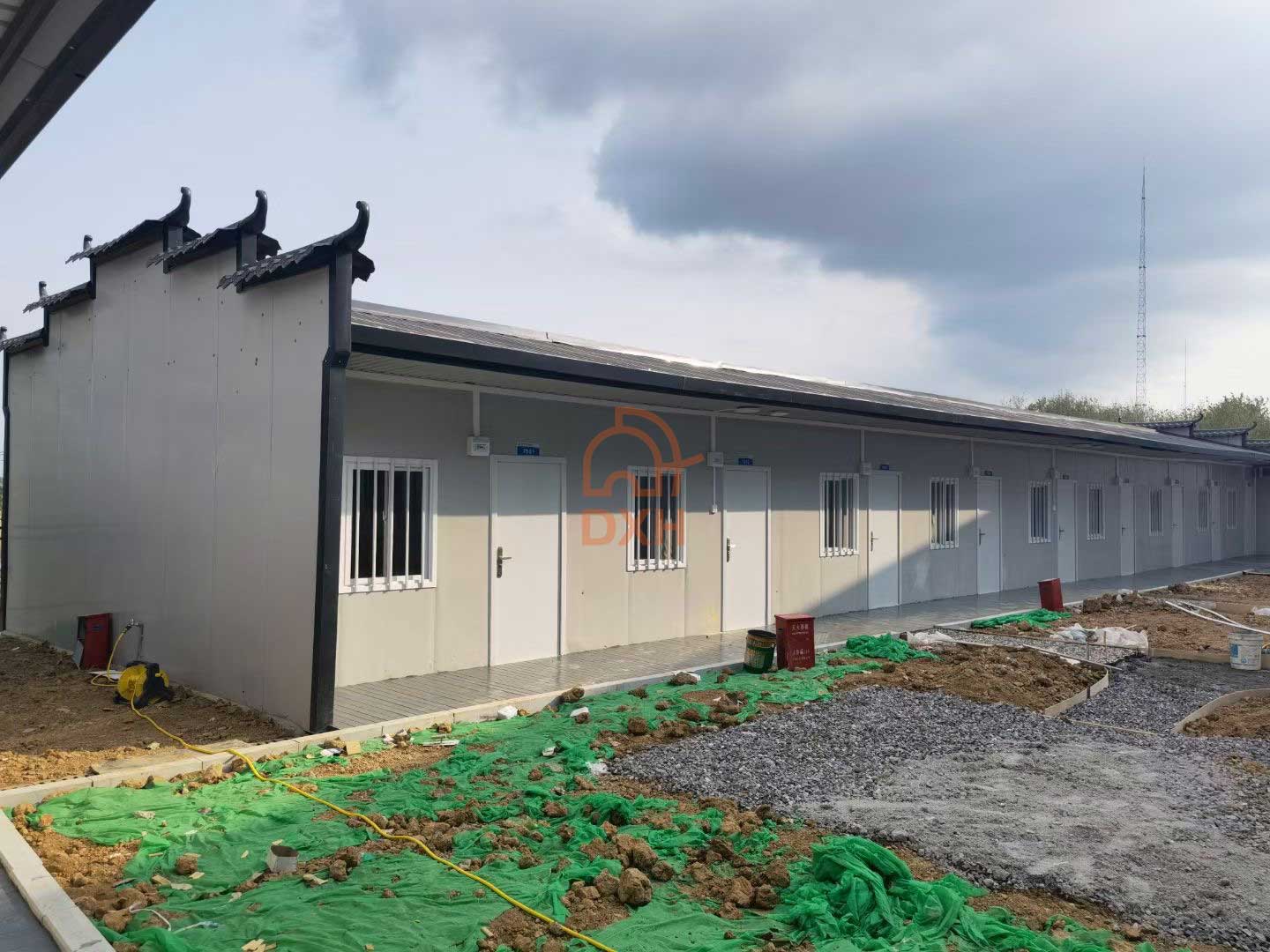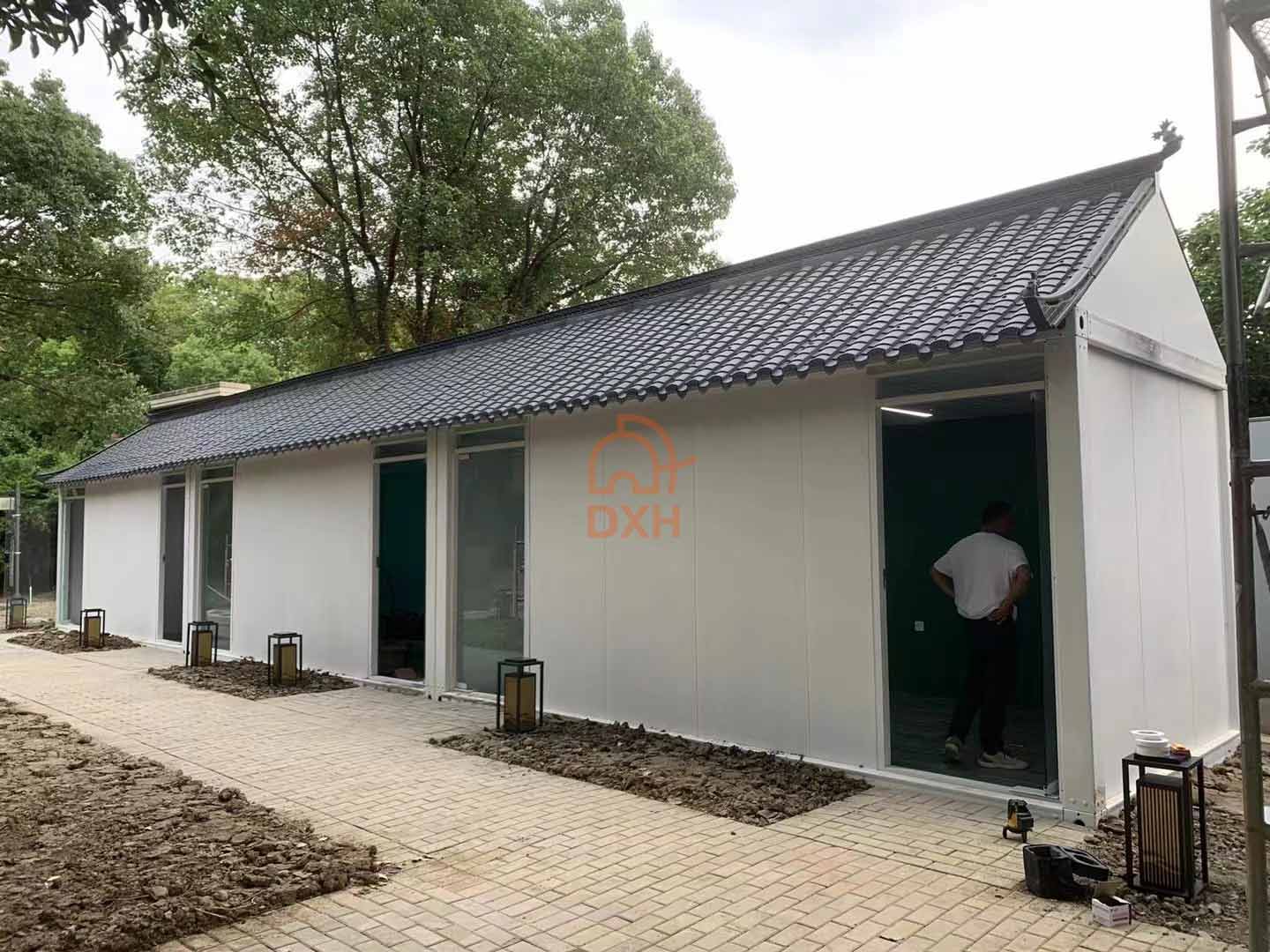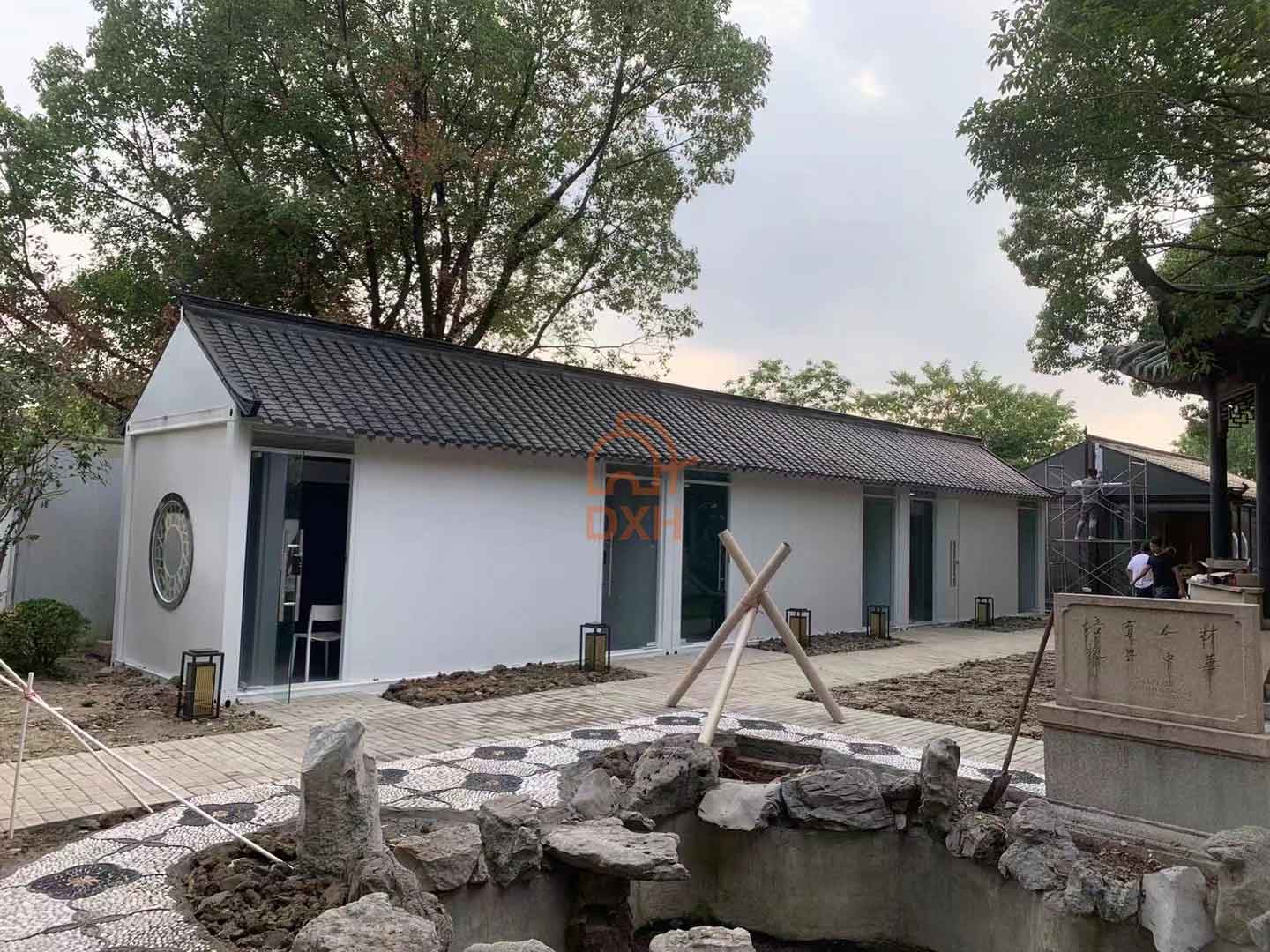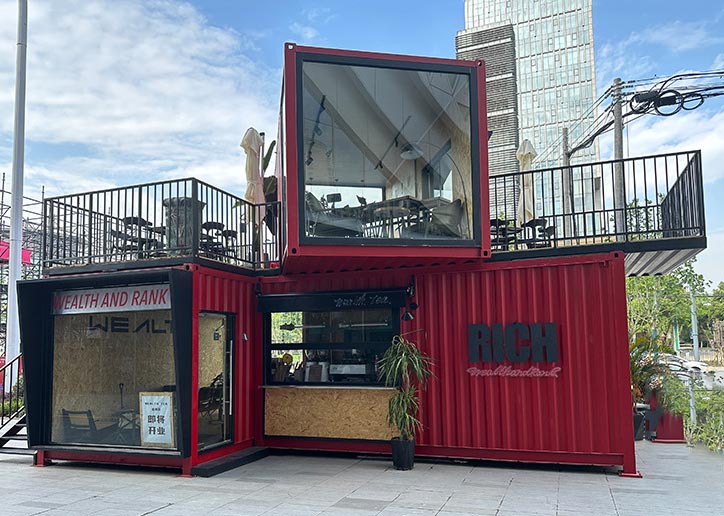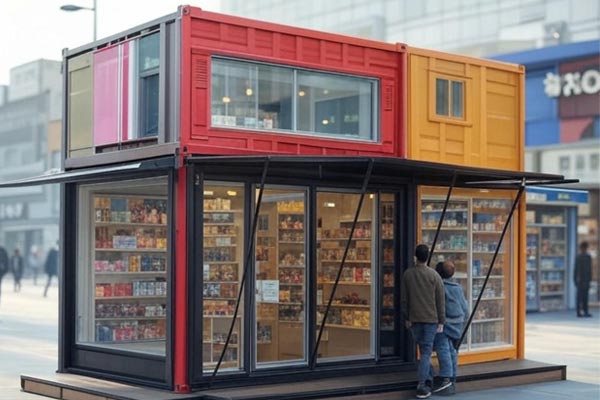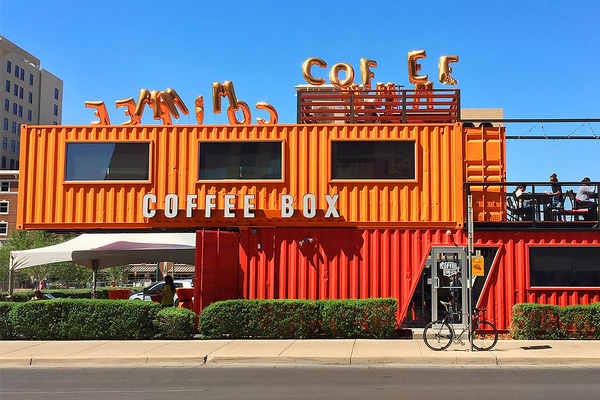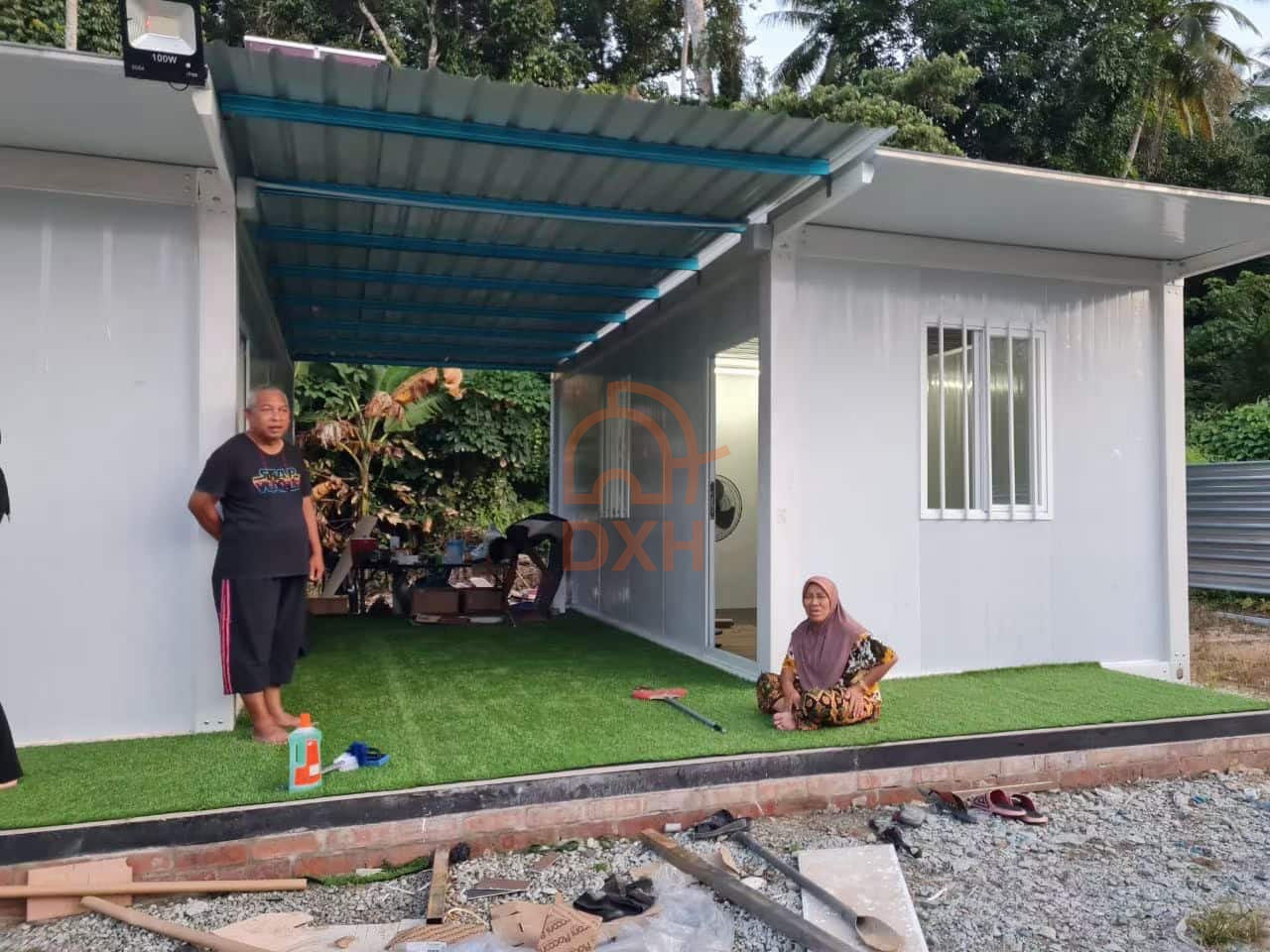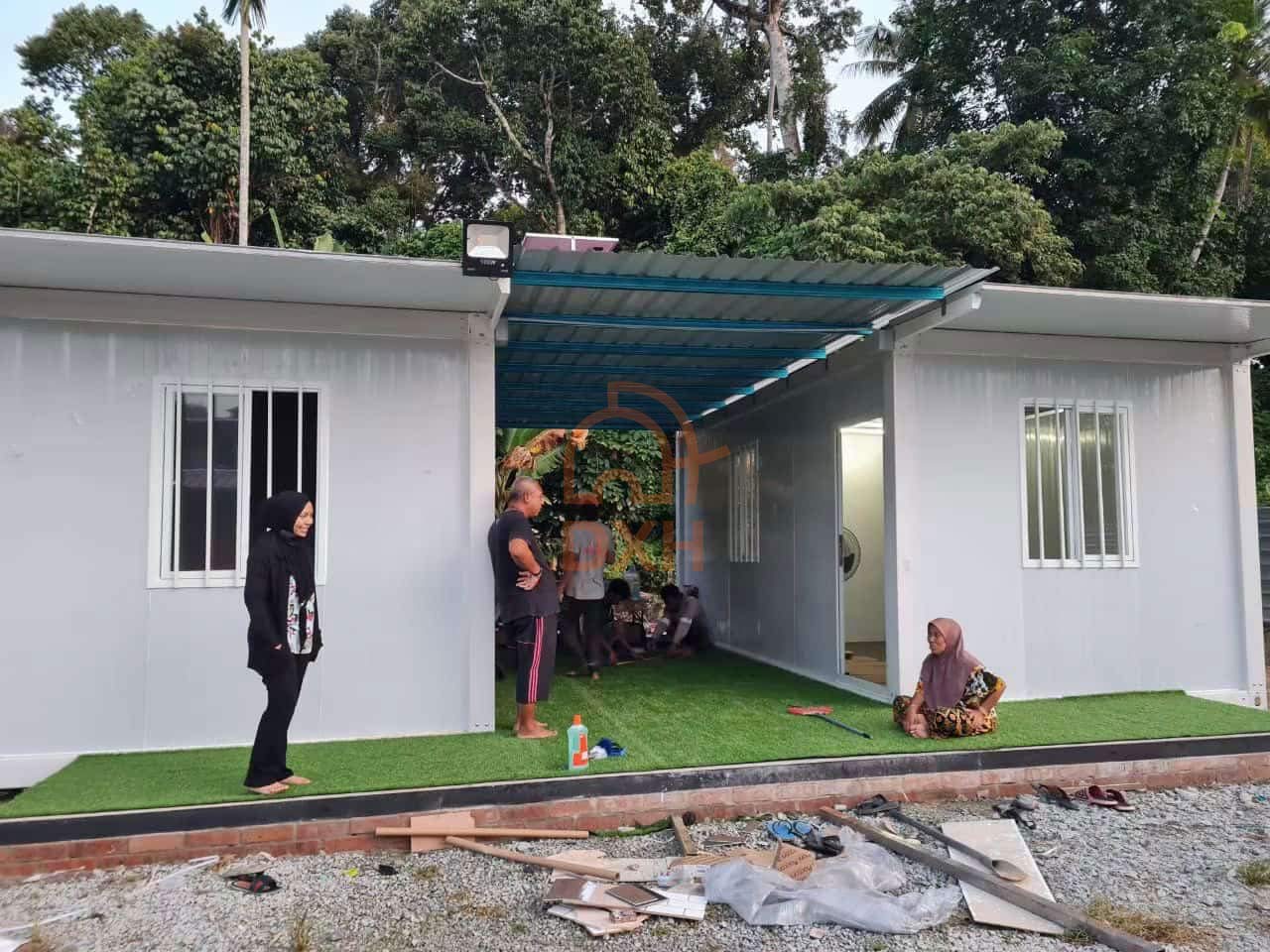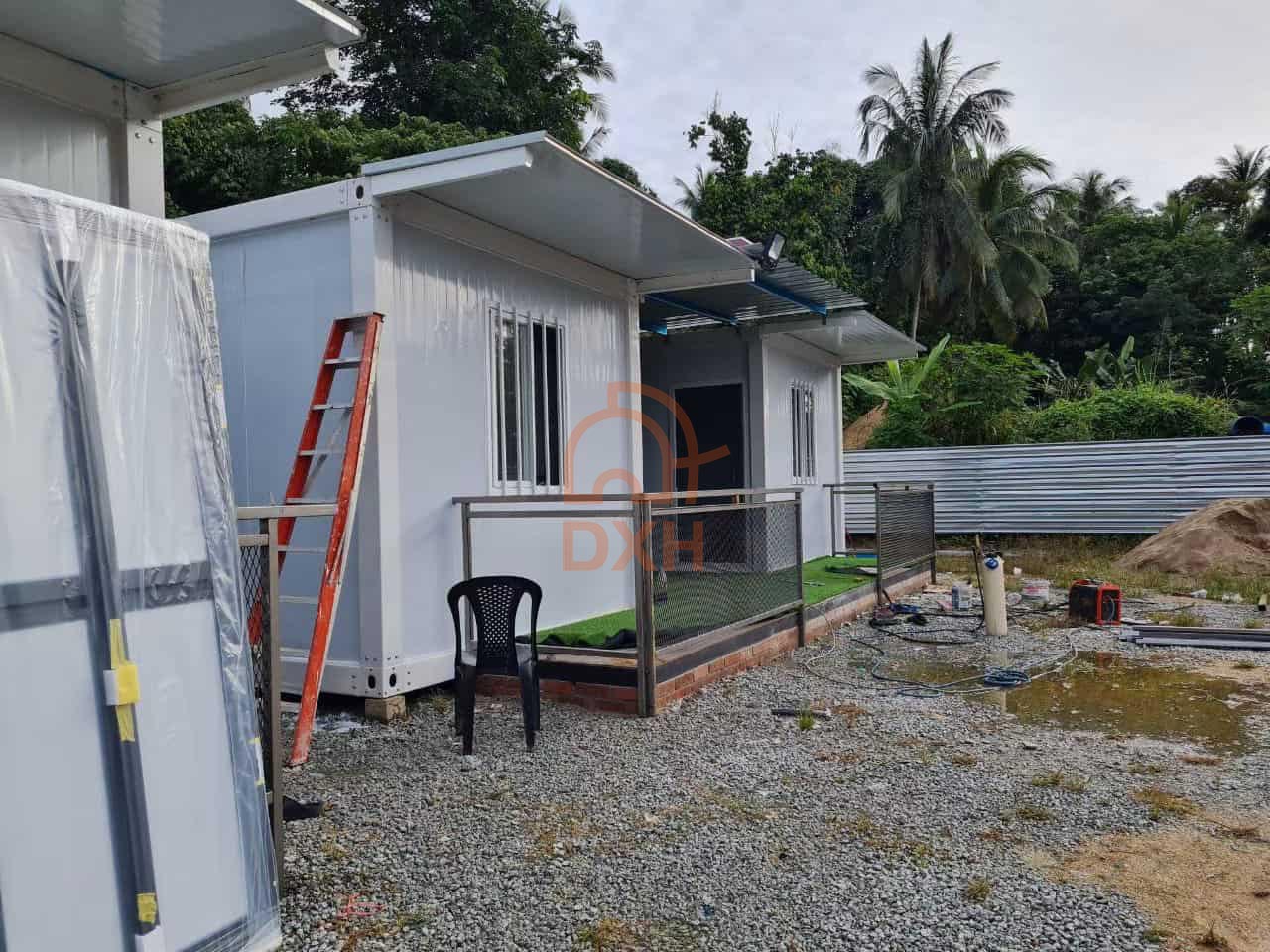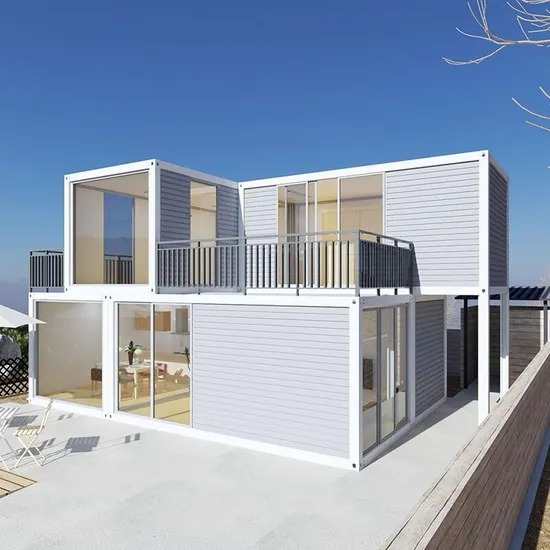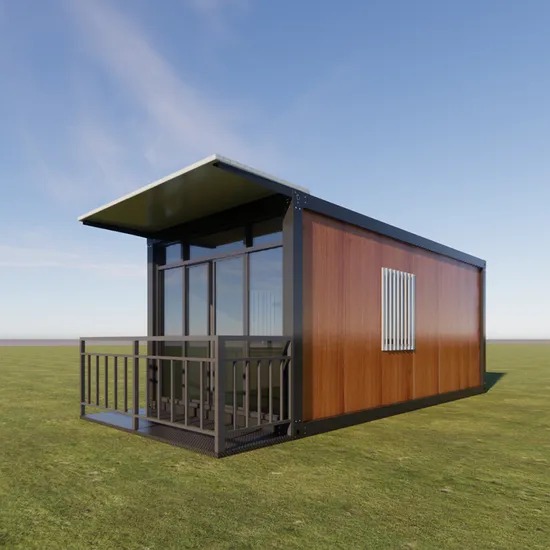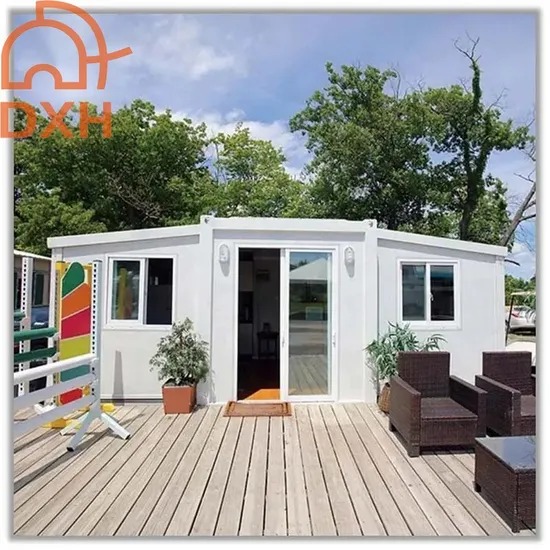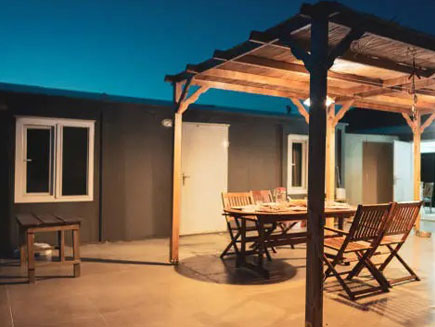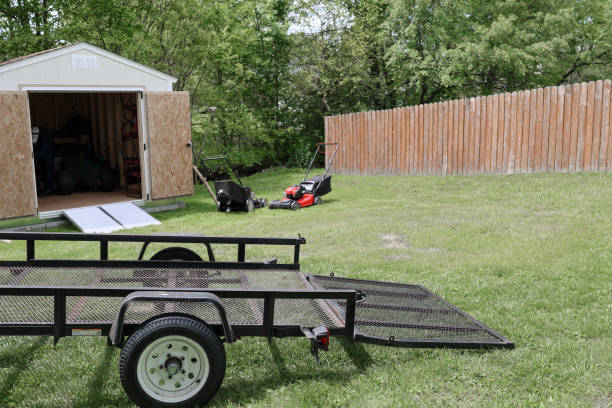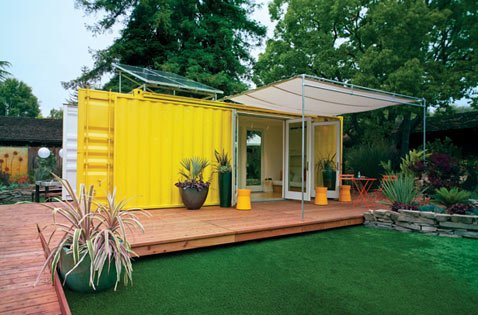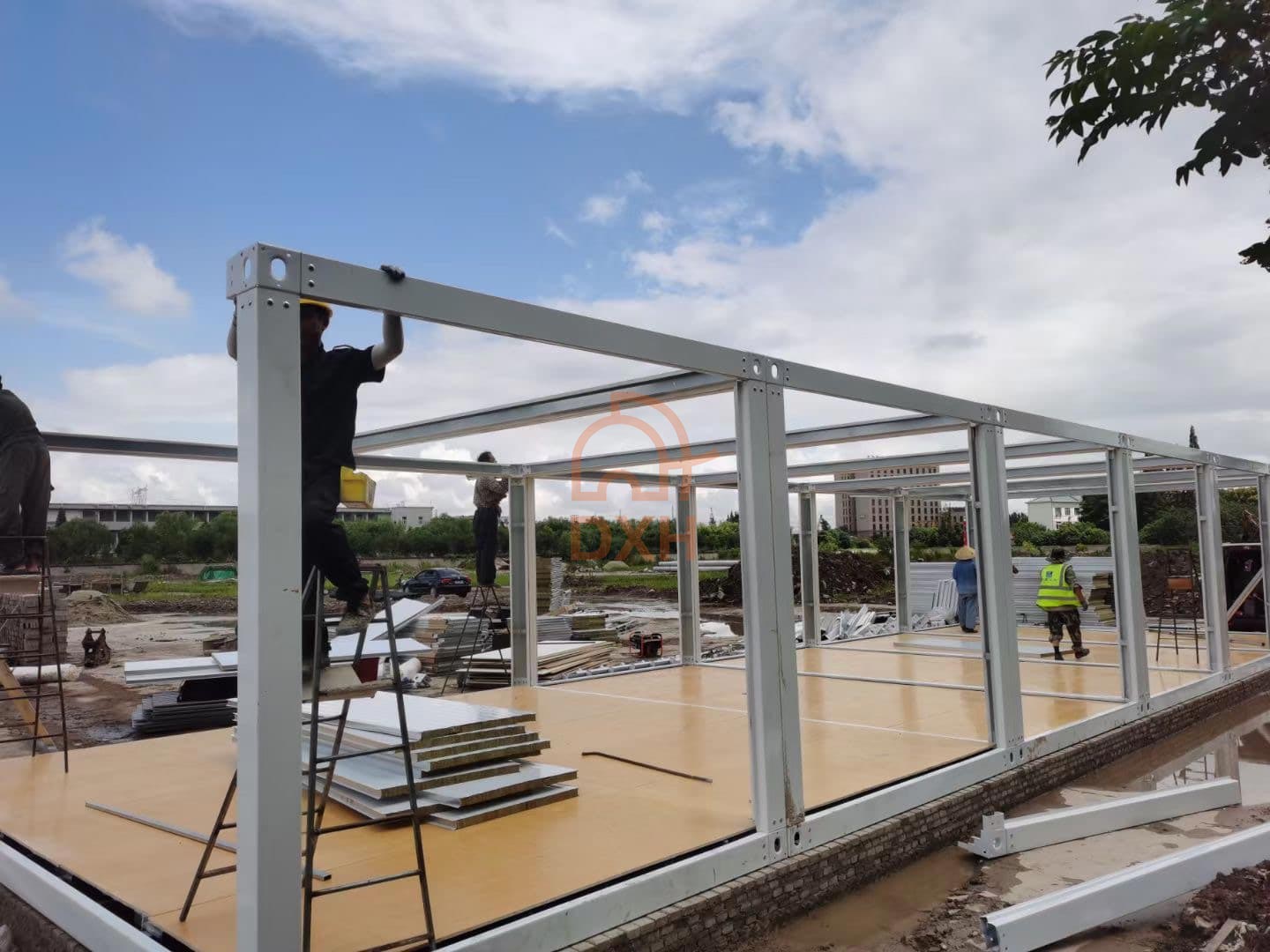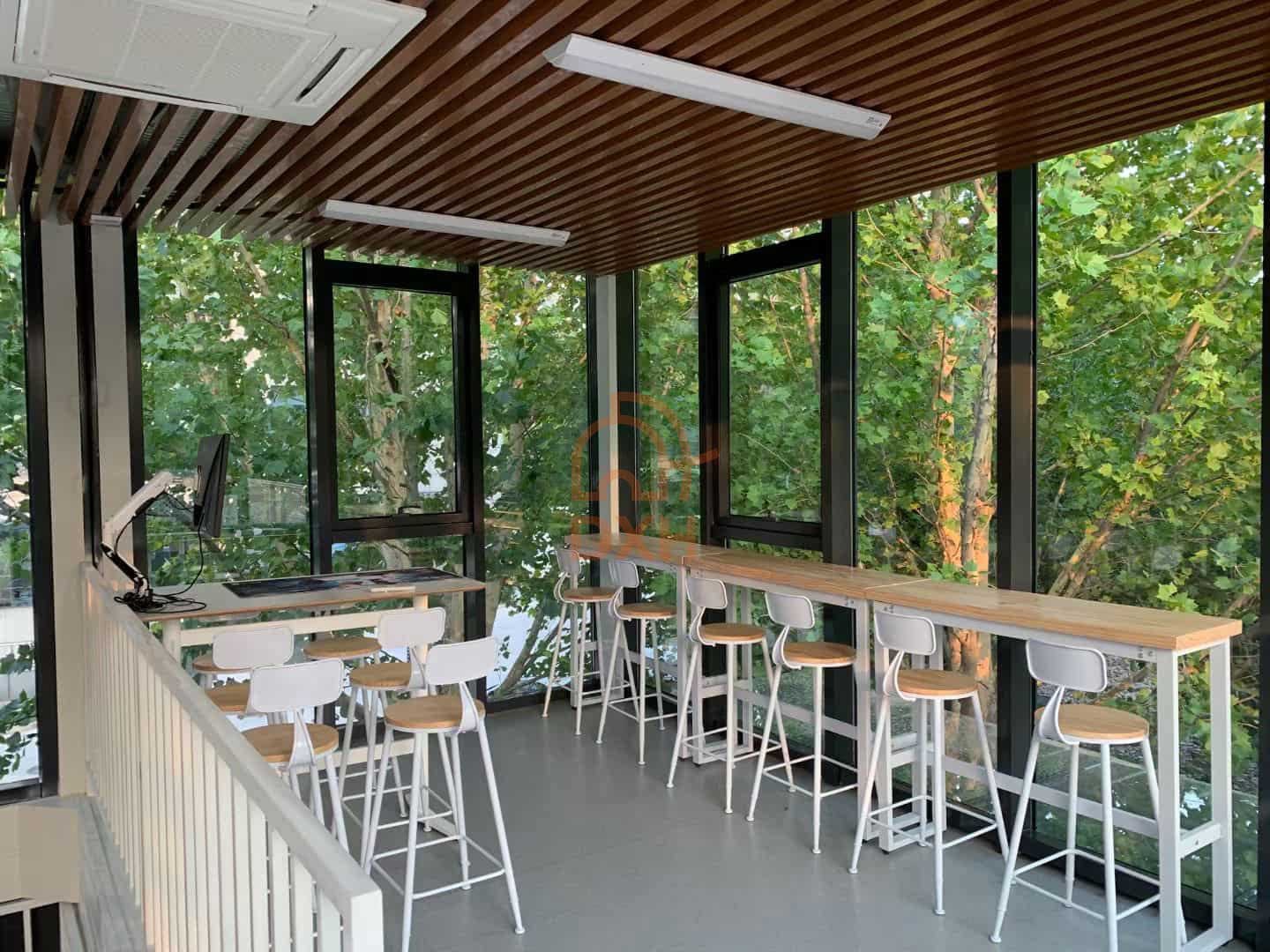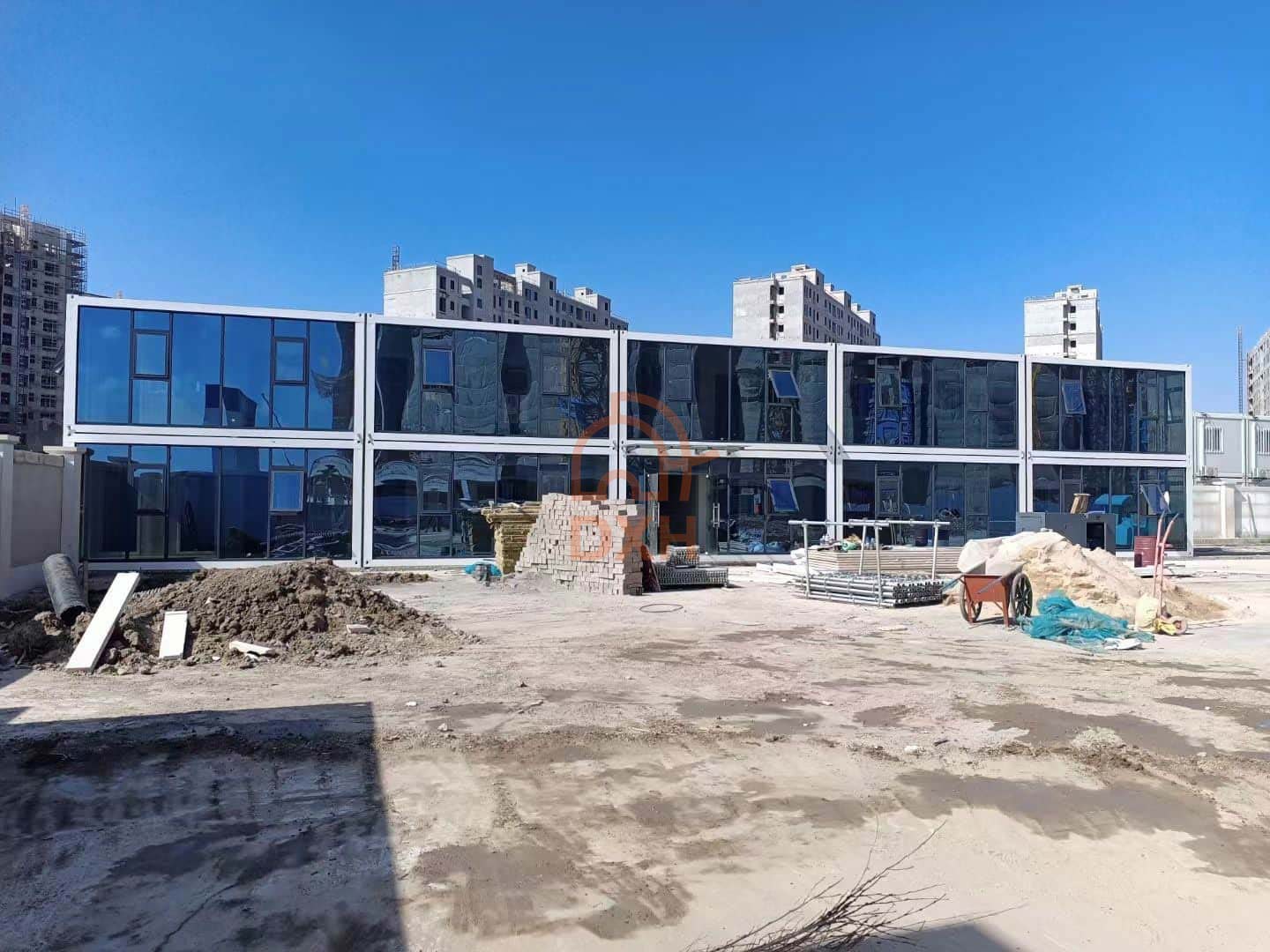1. The highlights and advantages of the product
(1). Solid and reliable structure
The main frame is made of high-strength hot-dip galvanized steel, with a galvanized layer thickness of 110μm, which has been tested by SGS for 100 hours of salt spray, which has excellent anti-rust ability, and is suitable for all kinds of environments, ensuring the long-term stability of the house structure and ensuring the safety of living and use.
The structural connection is fixed by screws to make the overall frame tight and firm, and the wind resistance is greater than 110km/h and the seismic resistance level is greater than 11 after professional testing, providing customers with a safe and reliable living space.
(2). Efficient and convenient features
The construction period is shorter than that of traditional houses, and the standard size detachable container house only takes about 6 hours to complete the whole process from transportation to put into use, which greatly saves time and cost compared with traditional houses, and can meet the needs of temporary activity venues, emergency resettlement and other scenarios that require high building stability in terms of timeliness.
Bulk delivery, can make full use of the internal space of the sea container to reduce transportation costs, can achieve global distribution through a variety of transportation methods, and can be flexibly moved many times, easily meet the requirements of different site layout.
(3). Excellent environmental adaptability
The wall adopts 50mm EPS/Rockwool sandwich panel as the standard configuration, which can be customized with 75mm, 100mm and other thicknesses, and the thermal conductivity is as low as 0.022W/(m·K), which effectively blocks heat transfer, maintains stable indoor temperature, reduces energy consumption, and achieves good thermal insulation effect. For colder regions, customization options such as graphene electric flooring are available.
The roof is made of 0.45mm hot-dip galvanized color coated roll, combined with glass wool and 0.25mm internal ceiling hot-dip galvanized color coated roll, which has good thermal insulation performance and strength, can resist the influence of natural factors such as rain erosion and ultraviolet erosion, and can also add additional roof to enhance the effect of heat insulation and waterproofing and relieve the pressure of heavy snow, while improving the aesthetics.
The windows are made of double-layer insulating glass, which effectively increases the thermal insulation and sound insulation effect, reduces heat loss, and creates a comfortable indoor environment.
(4). Ultra-long service life
The overall design service life of the house is greater than 30 years, and high-quality steel and advanced manufacturing technology are used to ensure that the house can have better stability in long-term use, reduce the cost of repair and maintenance, and provide customers with safe and lasting living and use space, whether it is as a permanent residence, commercial office space or other application scenarios, it can meet the needs for a long time.

2. Details of the main frame structure
Medium Container:
Top and bottom vertical beam:15X15X2.3mm Q235B and 15X15X2.3mm Q235B
Top and bottom corssbeam:2.3mm special shaped beam Q235B
Top Purlin:40X60X1.0mm Q235B + 40X80X1.0mm Q235B+50X50X1.5mm Q235B
Bottom Purlin:40X80X1.0mm Q235B+80X80X1.0mm Q235B
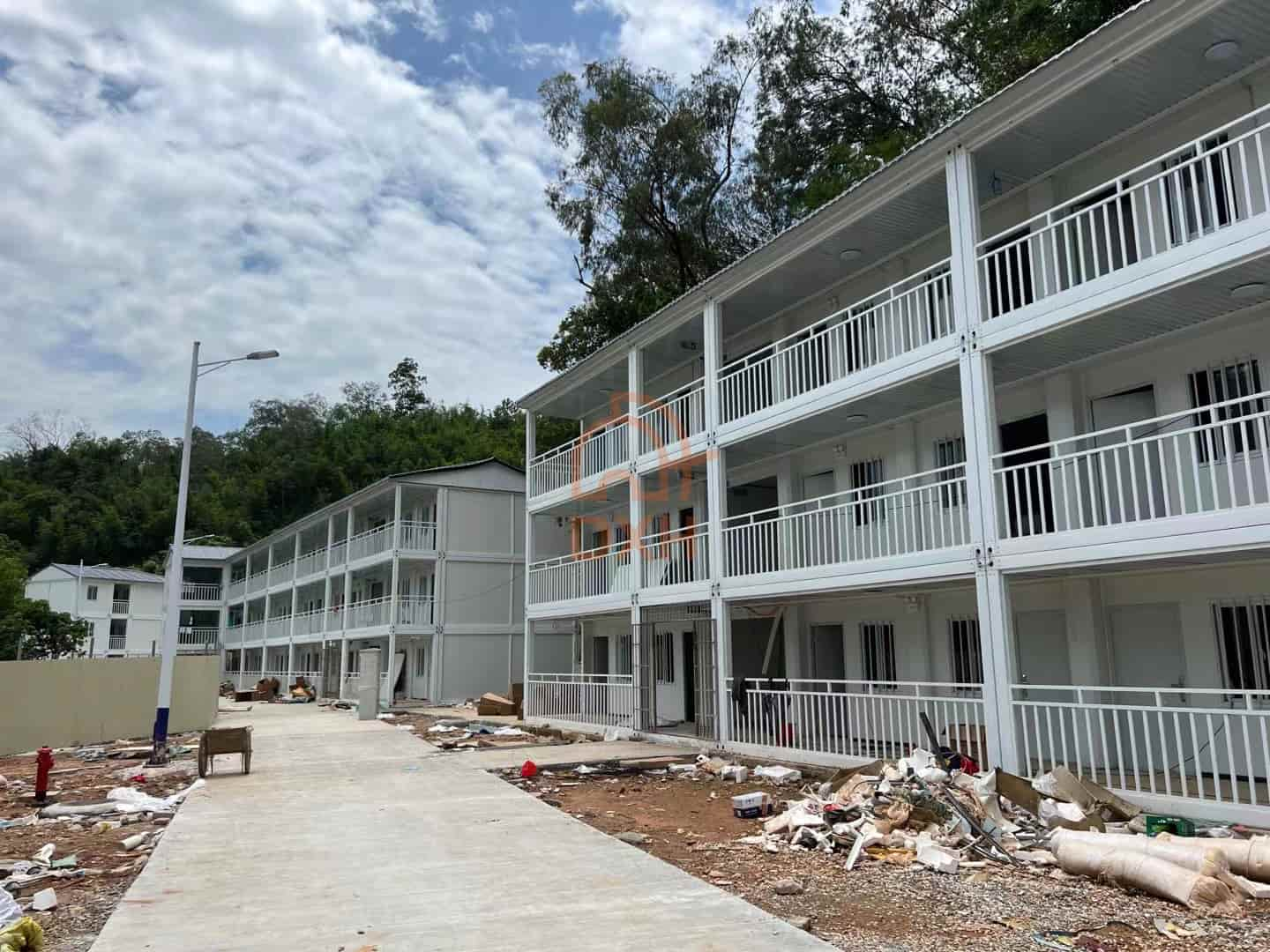
3. Detailed specification parameter chart
| Components | Specification Details | Performance Benefits |
| Wall panel | EPS/Rockwool sandwich panels, thickness is commonly used 50mm (customizable 75/100mm) | The thermal conductivity is 0.022W/(m·K), and the thermal insulation performance is excellent |
| Roof | 0.45mm hot-dip galvanized prepainted coil | Strong weather resistance, resistant to rain and ultraviolet erosion |
| Ceiling | Glass wool + 0.25mm hot-dip galvanized color-coated roll internal ceiling | The thermal insulation effect is good, and the double slope roof can be selected to enhance the performance and aesthetics |
| Floor | 15mm glass magnesium flooring | Provides solid support and ensures stability on the ground |
| Windows | Double-walled insulating glass | The hollow layer improves the thermal insulation and sound insulation effect and reduces heat loss |
| Size | Standard size W3000*L5950*H2800mm, support customized other sizes | Flexible customization according to customer needs to meet diverse space needs |
4. the standard detachable container house size chart
| Size | External dimensions after installation (mm) | Internal dimensions after installation (mm) | Weight (kg) | Loading quantity |
| 20ft | W3000*L5950*H2800 | W2800*L5735*H2500 | 1200 | 40HQ 17units |
